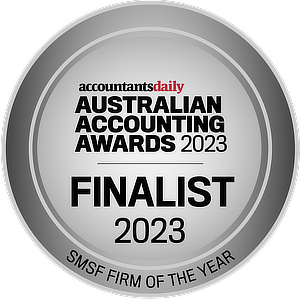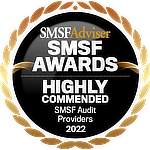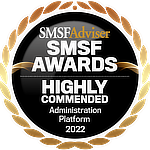We’re now at the pointy end of the compliance deadline, though we expect a substantial proportion of the accounting industry will be not SMSF independence ready and are heavily relying on the expectation and good nature of the ATO to indefinitely extend deadlines. Conversely, the ATO is providing consistent signals that it is becoming less tolerant.
To recap for those firms still yet to become SMSF independence ready, there are three main options.
Firstly, outsource to a specialised SMSF audit firm; secondly, use another business services’ practice with no referral arrangement; or thirdly, become involved in an SMSF audit pool.
We believe audit pools will only satisfy APES110, where the number of firms participating in the pool is very large, diluting the perceived negative impacts of issuing an adverse audit finding.
It is also worth stressing that the ATO’s current position seems to be that while SMSF audit pools are theoretically possible, they strongly suggest that it would be very difficult to overcome the inherent risks.
If outsourcing to an external SMSF provider, there are numerous areas to consider and potential red flags to be aware of.
The main ones include assessing the auditors’ competence, experience, ability to provide technical advice, as well as getting a full understanding of their service offering (including fee structure) and audit processes (in particular whether they use a web-based CRM).
It’s also prudent to be aware of “very low audit fee” providers as the adage of “you get what you pay for” universally applies — particularly to quality control and potential breaches. As such, the ATO has identified that low-audit-fee providers are potentially a compliance risk area that may be reviewed.
Alternatively, below is an overview of what firms that are in the process of appointing an outsourced SMSF auditor should consider to optimise a smooth transition:
1. Create (and document) processes: The inclusion of a new external party will inevitably lead to procedural changes when completing SMSF engagements. Closely examine the way you currently complete SMSF work, removing some steps that might now be unnecessary while also modifying other aspects to allow for a smoother handover to the auditor.
2. Collate permanent files now: One of the key areas causing delays when conducting new audits on SMSFs is having access to foundational and core documents. Failure to identify and collate these will inevitably lead to delays in audit completion for the first year undertaken by a new auditor. To prevent such inefficiencies, prioritise the compilation of such documents into a single permanent file.
3. Allow time to iron the bugs out: It is expected that many firms will make the transition to a new SMSF auditor post the compliance deadline. If you’re in this camp, be aware of making the classic error of rushing into a collaboration due to time pressures. On this note, it’s critical to take the time to test procedures and iron the bugs out prior to a full integration with an external SMSF auditor.
A good strategy to minimise grief can be to initially introduce the external auditor to only a portion of the SMSF client base. This strategy enables the firm to quickly identify and resolve any procedural or documentation issues as soon as possible, which will be compounded post the 30 June 2021 deadline.
4. Don’t underestimate the importance of client communication: The last and perhaps most important step is to notify trustees of the change. Although many trustees are not even aware of who audits their SMSF, seeing it as just another overhead, it is still a significant change that will require their approval. Of more concern to trustees will be the impact on annual fees and the length of time it may take to complete the annual compliance work.






